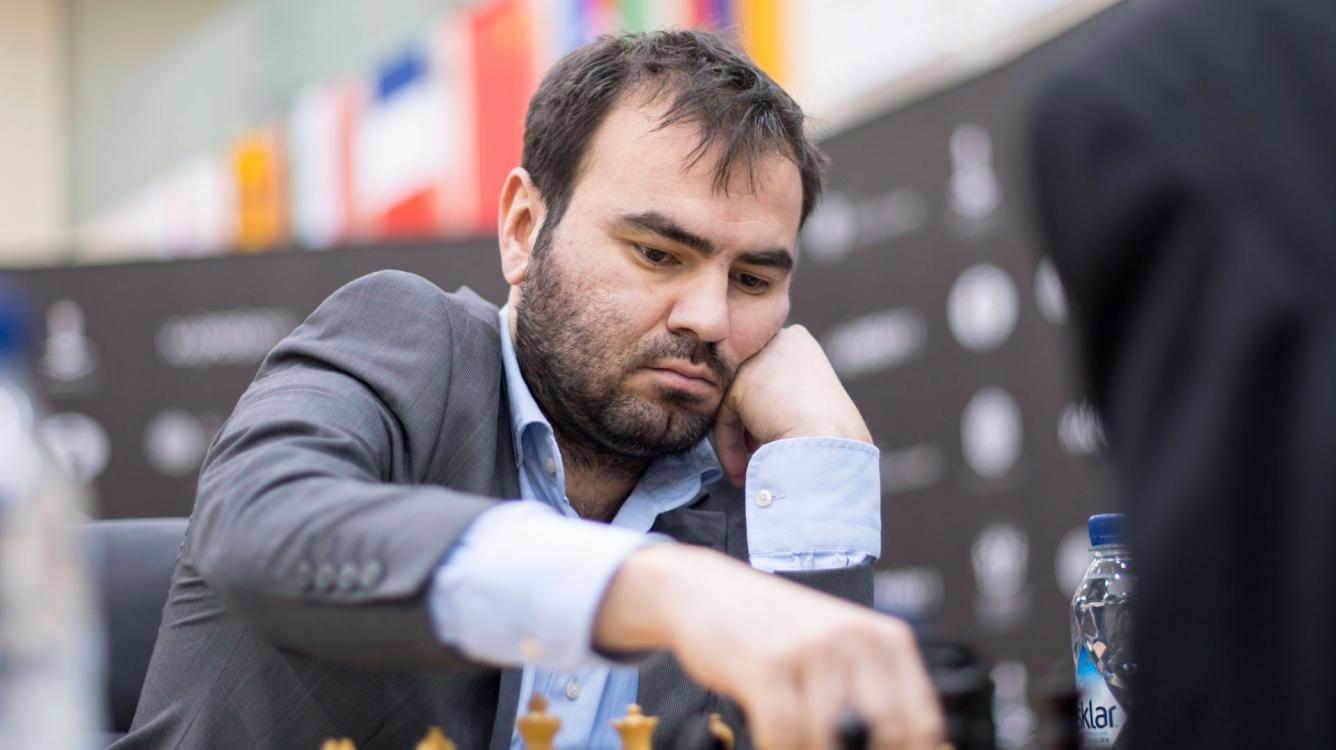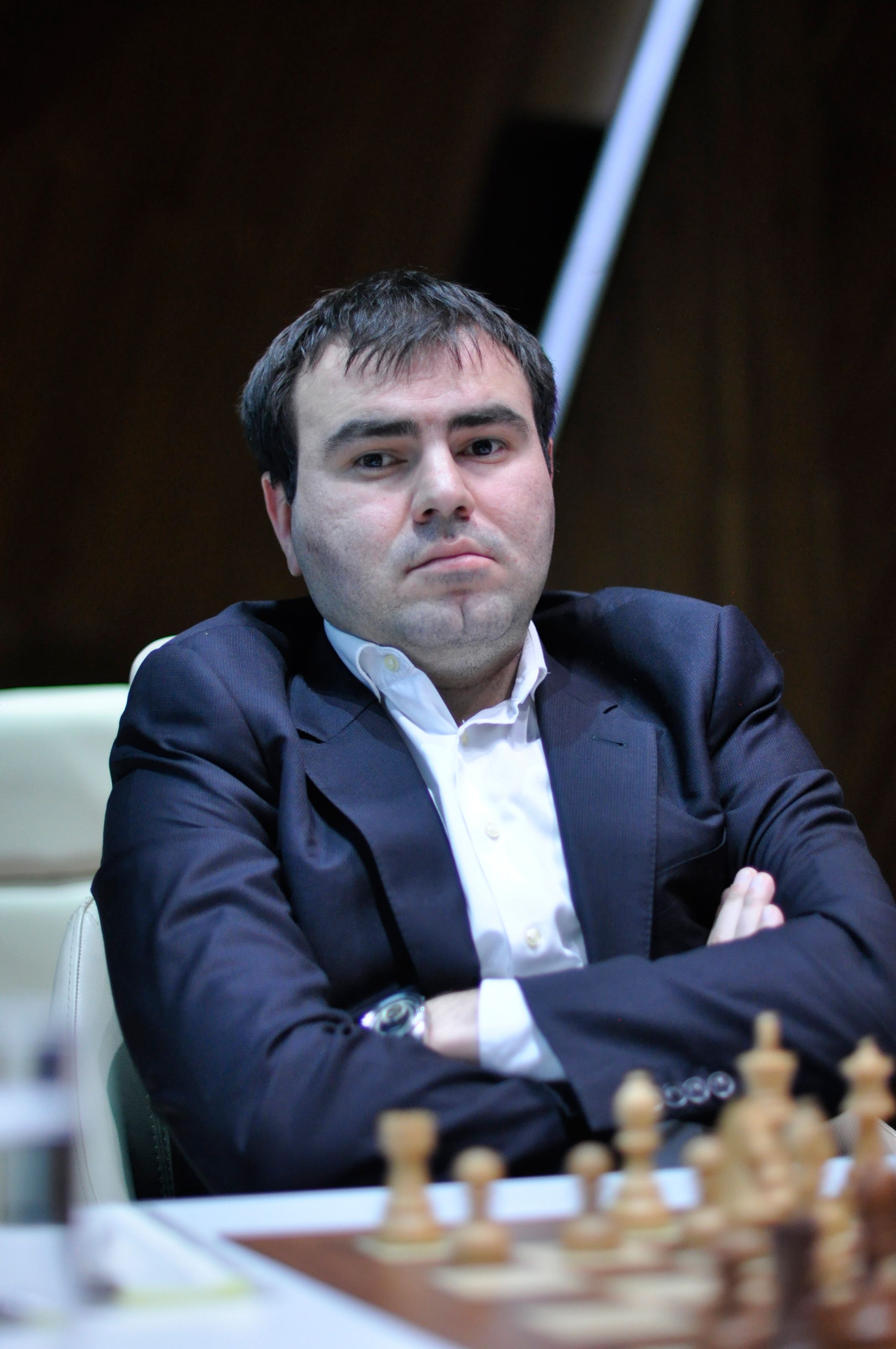
Mamedyarov's Secret For Classic, Modern Chess
When I read the recent news that the Azerbaijani GM Shakhriyar Mamedyarov crossed the magic 2800 mark, I wasn't surprised.
Well, actually I was surprised that it didn't happen many years ago. You see, while it is difficult for me to tell when I first heard the names of Carlsen or Aronian, I remember very well how I noticed Shakhriyar Mamedyarov.

In 2003, I read a report that an Azerbaijani chess player won the World Junior Championship under-18, scoring 10 points out of 11 games! I decided to check his games and realized that his games were even more impressive than the result!
The very first game of Shakhriyar that I saw made a very strong impression on me. Shah (this is how most of his colleagues call Mamedyarov) unexpectedly sacrificed an exchange and then, surprisingly, White simply had no clear plan!
Mamedyarov's opponent just had to watch him slowly bring his pieces for the final assault.
Don't analyze this game with a computer: it will probably tell you that White had a huge advantage after the exchange sacrifice. Just try to analyze it using your own brain and you'll see how difficult White's defensive task was! Mamedyarov's games remind me of the classical exchange sacrifices of the great Petrosian. Like the next one, for example:
To tell you the truth, I like Mamedyarov's game more. Petrosian's sacrifice was quite natural since Black's compensation for the exchange was very obvious. Meanwhile in the Mamedyarov's game, my first thought after his sacrifice was "whaaat??"
By the way, I have noticed a very interesting feature of many of Mamedyarov's games. He uses a well-known classical concept as an inspiration and then produces a much more sophisticated and beautiful gem.
Judge for yourself: the next game is from the category "every Russian schoolboy knows." In case your chess coach never showed it to you, try to find the winning combination.
Now try to find Mamedyarov's combination:
It is my wild guess, but maybe Mamedyarov's creative use of the classical heritage has something to do with him being from Azerbaijan. I've been to this country a couple of times and was impressed by the blend of different cultures brought by various ethnic groups living there. We can witness the same blend of different styles in the games of the Azerbaijani chess players. It is probably not a coincidence that Garry Kasparov dedicated his book "The Test of Time" to Azerbaijani's capital city of Baku.
By the way, this unique blend of different styles and cultures can be seen in the following rendition of the classical hit. I don't even know what I enjoy more: the Azerbaijani folk instruments, gorgeous twins or the local version of John Belushi!
Now Mamedyarov himself is one of the modern practitioners of classic attack and therefore many chess players can use his games as an inspiration. Look at another:
It looks like I was not the only one who analyzed Mamedyarov's spectacular games from the World Junior Championship. Two years later the future world champion followed Mamedyarov's footsteps:
Let me offer you two final puzzles. Find the winning combinations played by Shakhriyar Mamedyarov. The first position is very easy, but the second one is a tough nut to crack!



